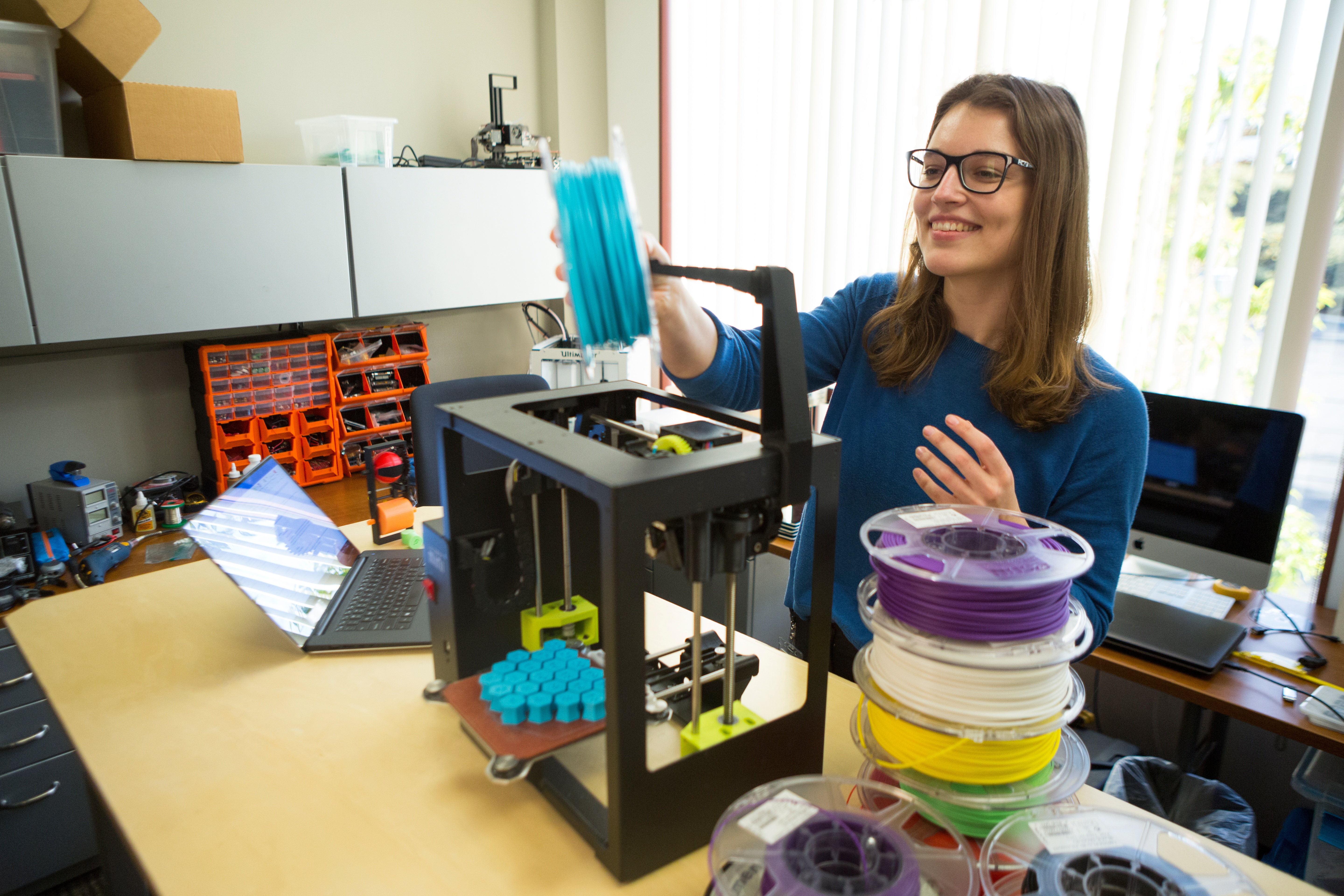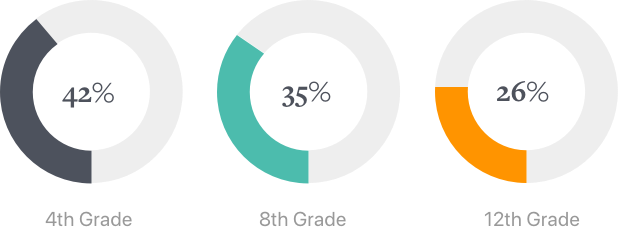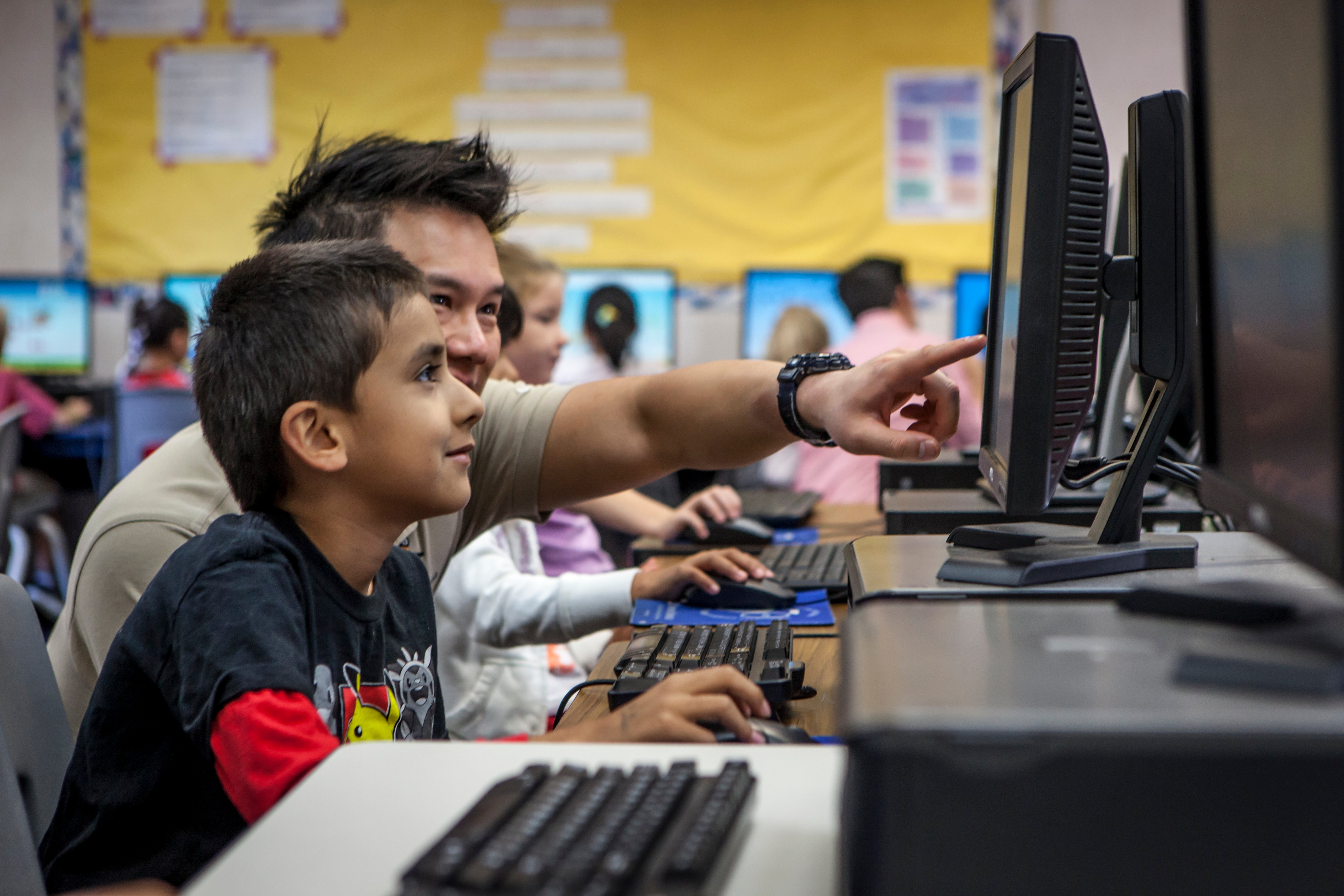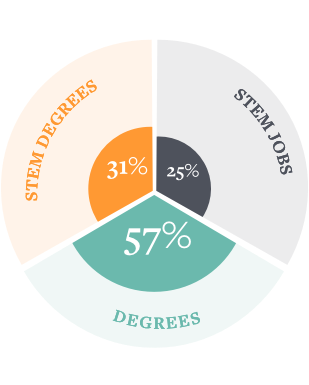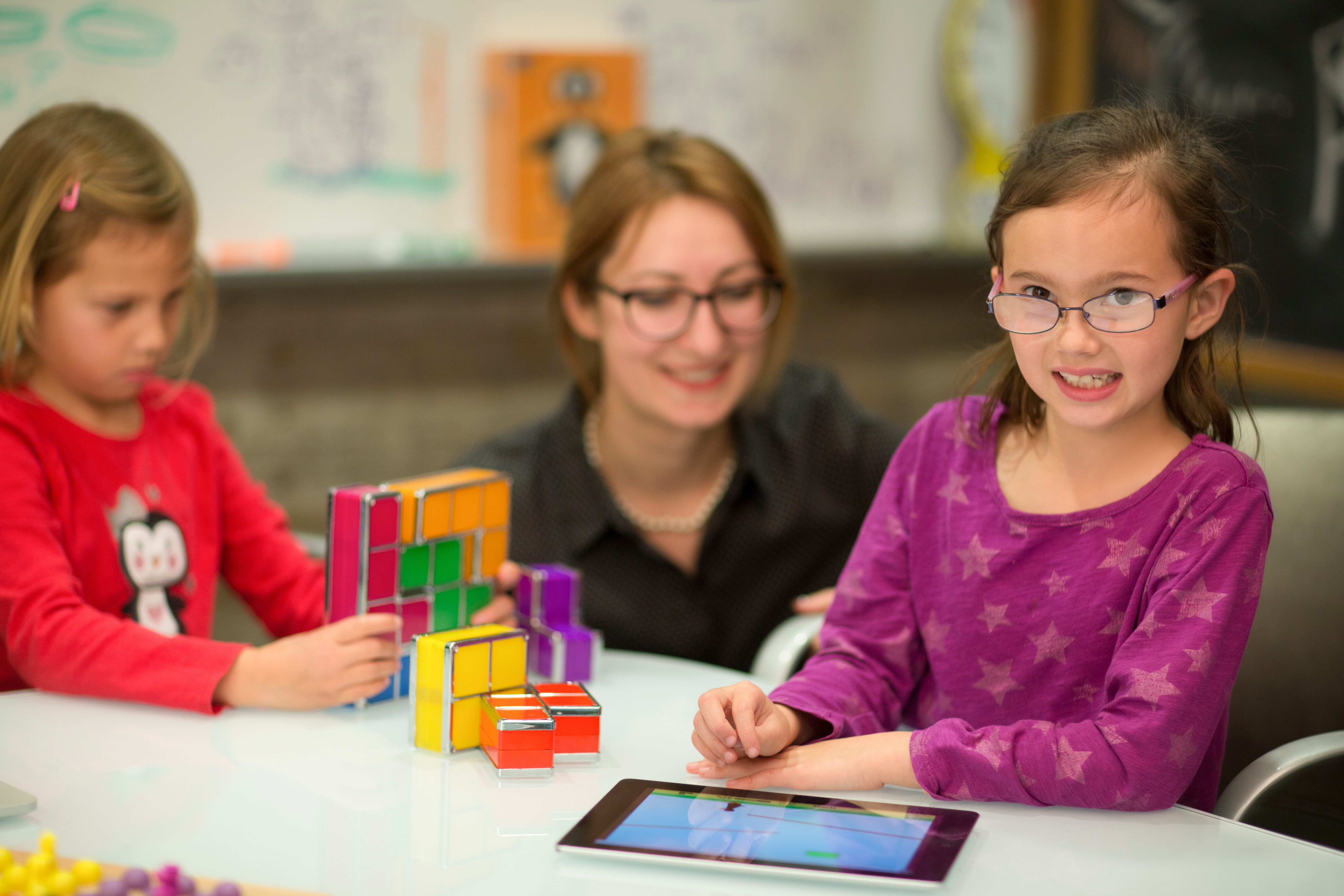
We need to put students in the mindset to think creatively, persist through challenges, and develop social emotional skills that will be highly valued in the age of automation and AI. Creative and rigorous approaches to learning math help students develop these skills.
Top skills needed for future jobs: emotional intelligence, curiosity, creativity, adaptability, resilience and critical thinking.
